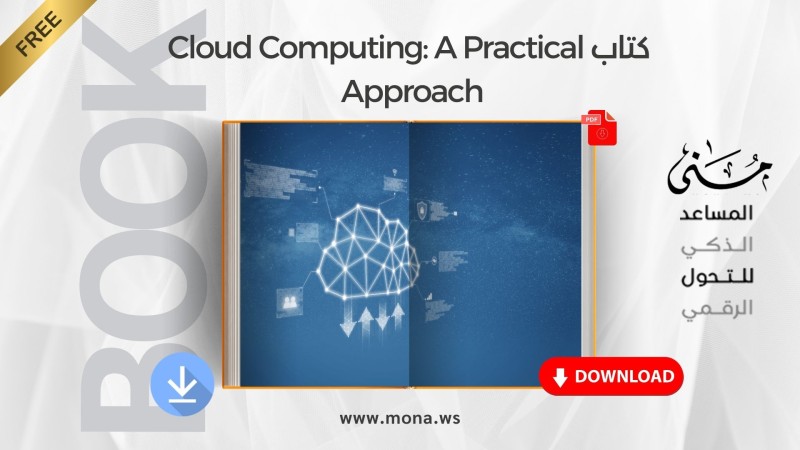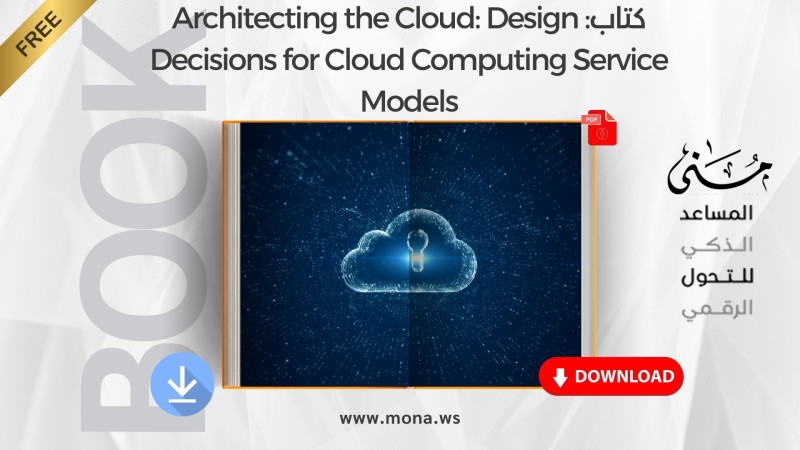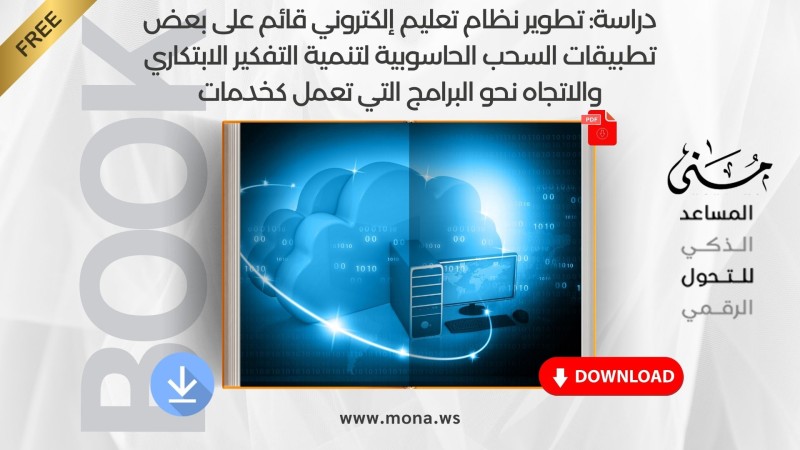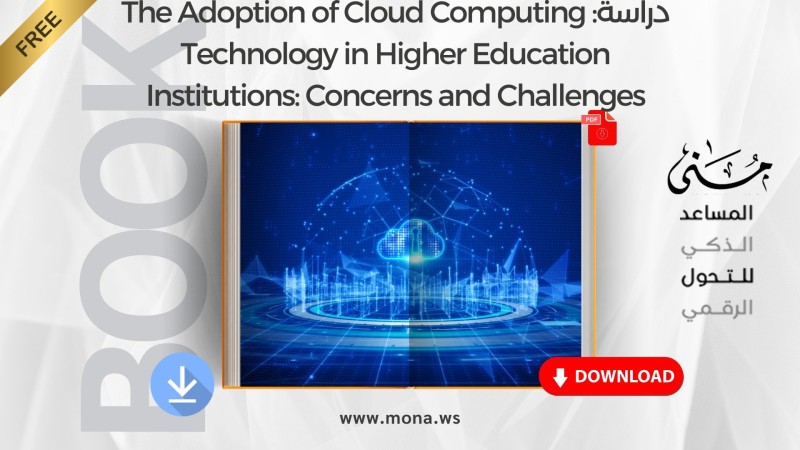Brochure Summary What is Cloud Computing?
Written by:Mustafa Suliman
The booklet "What is Cloud Computing?" emphasizes that cloud computing is one of the most significant technological transformations of the modern era, and its profound impact on all aspects of daily life, whether at the individual, institutional, or major industrial levels, is difficult to overestimate.
The booklet, "What is Cloud Computing?", adds that this technology has enabled startups and large companies alike to optimize operating costs and expand their businesses without the need to purchase and manage massive amounts of hardware and software. It has also enabled independent developers to deploy applications and services globally and allowed researchers to share and analyze data with high efficiency, capabilities previously limited to large-scale projects.
The booklet "What is Cloud Computing?" notes that today's Internet users have access to massive tools and storage to create and share digital content on an unprecedented scale.
Definition of cloud computing and its basic concept
The booklet "What is Cloud Computing?" explains that cloud computing refers to a new model for delivering computing services, where software, storage, and processing power are accessed over the internet rather than from local hardware. This model relies on massive, distributed infrastructures that provide services flexibly and on demand, achieving cost efficiency and providing high operational flexibility.
The booklet "What is Cloud Computing?" adds that cloud computing is more than just transferring data to the internet. Rather, it represents a revolution in the way software and digital services are built, delivered, and operated. This concept embodies the ability for users to consume computing resources, such as electricity, whenever they want and in the quantities they need.
A historical overview of the development of cloud computing
The booklet "What is Cloud Computing?" explains that the roots of cloud computing date back to the 1950s, when mainframe computers were used to provide shared services to users via virtual reality systems. With the development of Internet technologies in the 1990s, the features of cloud computing began to take shape, especially with the emergence of hosting services and virtual servers.
However, the real breakthrough came in the mid-2000s, as mentioned in the booklet "What is Cloud Computing?", when major companies like Amazon, Google, and Microsoft launched commercial cloud services targeting software developers and businesses. Over time, these services have become more mature and diverse, covering a wide range of uses, from cloud hosting to artificial intelligence and machine learning.
Types of cloud computing
The What Is Cloud Computing? booklet indicates that cloud computing is divided into three main types:
Public cloud (Public Cloud):
It is the most common model, where services are provided online to the general public, such as servicesAmazon AWS and Google Cloud. This model is low-cost and easy to use.
Private cloud (Private Cloud):
It is dedicated to a specific organization, giving it greater control over data and security. This cloud is operated internally or by a third party.
Hybrid and multi-cloud (Hybrid & Multicloud):
It combines public and private clouds, allowing data and applications to be moved between different systems as needed, providing a balance between security and operational efficiency.
Benefits of cloud computing for various sectors
The What Is Cloud Computing? brochure explains that cloud computing has several benefits, including:
For business and industry:
Cloud computing helps reduce infrastructure investment costs, accelerate innovation, and scale businesses without significant technical complexity.
For independent developers:
It provides a flexible and rapid environment for software development and deployment without the need to invest in infrastructure, and it also provides tools and services that help them achieve global expansion.
For researchers:
Cloud computing gives researchers access to massive computing power to analyze vast amounts of data, something that previously required advanced research centers and massive funding.
For teachers and students:
It contributes to providing flexible educational resources, enabling collaboration between students and teachers via cloud-based tools, and achieving more interactive educational experiences.
For community infrastructure:
It enables improved management of public resources through cloud solutions that support smart cities, healthcare, education, and transportation, improving the efficiency of government services and increasing citizen satisfaction.
Risks and challenges associated with cloud computing
Despite its significant advantages, cloud computing faces several challenges, as mentioned in the booklet "What Is Cloud Computing?" These challenges must be taken seriously:
Privacy and Security:
Protecting personal and corporate data is one of the most significant challenges, especially with the rise of cyber attacks and data breaches.
Reliability:
Complete reliance on a cloud provider could put the entire system at risk of failure in the event of an outage, making continuity plans essential.
Hidden costs:
Although cloud computing may seem initially low-cost, costs may increase over time due to increased usage or heavy reliance on the service provider.
Legal and regulatory controls:
Data and computing laws vary from country to country, which can create particular legal complexities for companies operating internationally.
Digital control and sovereignty:
Some governments and organizations view relying on foreign companies to manage their sensitive data as a threat to their digital sovereignty, so they prefer private or hybrid cloud models.
Cloud computing is not just a technical option; it has become a strategic necessity in a rapidly changing world. As mentioned in the booklet "What is Cloud Computing?", it refers to a paradigm shift in the way we use technology, including how we store data, execute applications, and maximize computing resources. It represents the foundation upon which future innovations such as artificial intelligence, the Internet of Things, and big data analytics are built.
Although cloud computing poses security and regulatory challenges, its enormous benefits make it essential for any entity—whether a company, a government agency, or even an individual—to examine the feasibility of adopting this technology and leverage its advantages. Undoubtedly, the future holds further developments for this field, requiring us to keep pace with and prepare for changes through knowledge, professionalism, and strategic planning.
You can download the What is Cloud Computing? brochure directly from here.
 كتيب ما هي الحوسبة السحابية؟
كتيب ما هي الحوسبة السحابية؟










Comments
Add New Comment